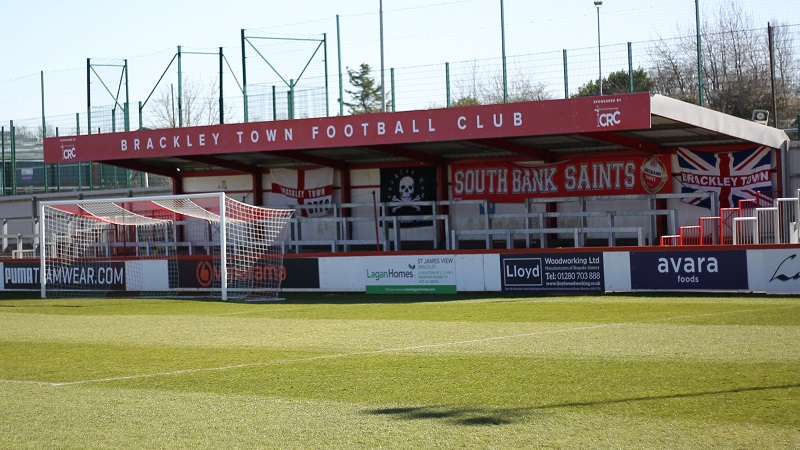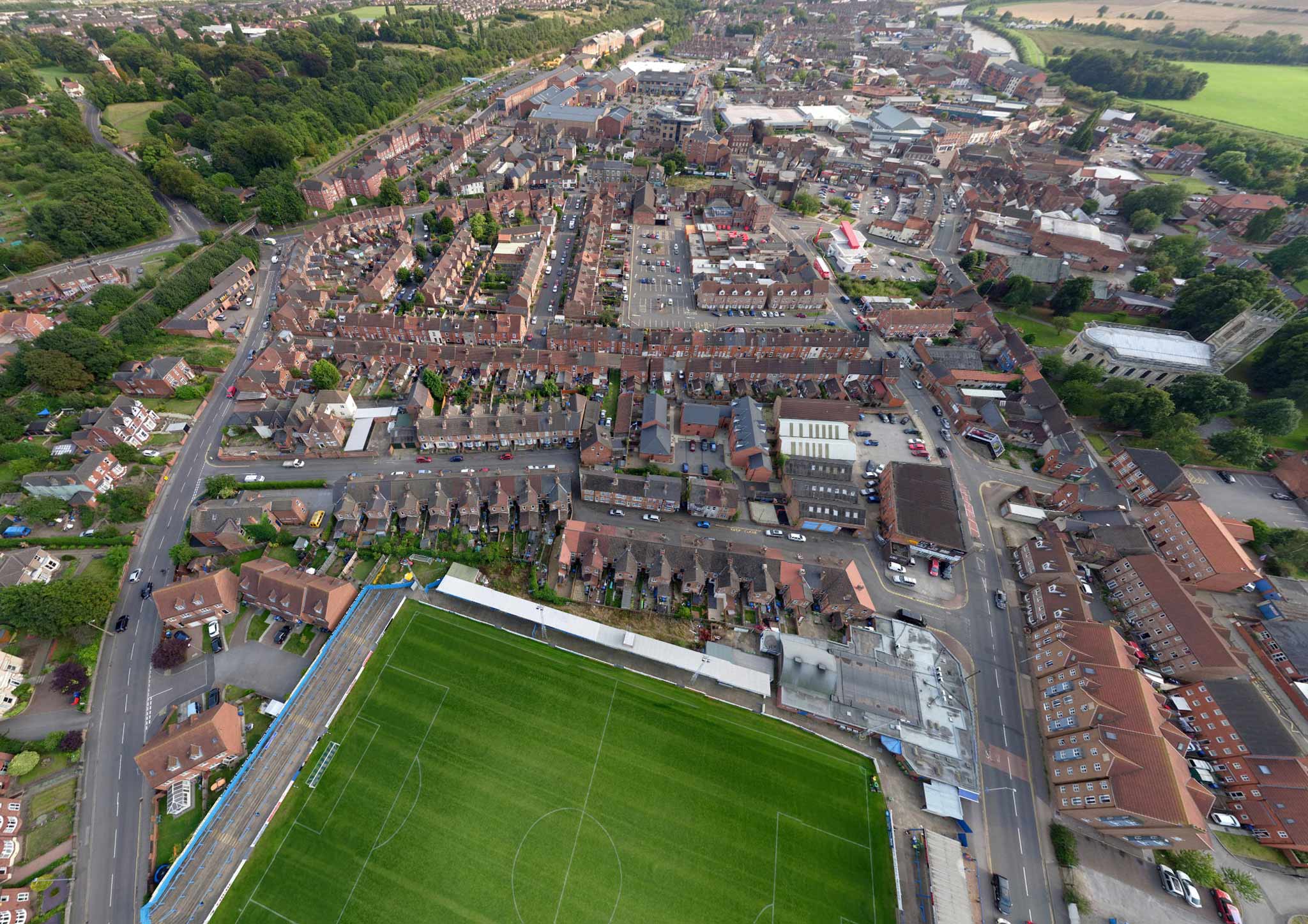The Southern League: A Crucial Step in Non-League Football

Introduction
The Southern League, formed in 1894, is one of the key competitions in non-league football in the United Kingdom. Covering clubs primarily in the southern region of England, the league provides a platform for amateur and semi-professional teams to showcase their talents. Its significance in the footballing world has made it a notable stepping stone for clubs aspiring for success and advancement into higher leagues.
Structure and Developments
The Southern League is currently divided into several divisions, including the Premier Division and Division One Central and South. As of the 2023 season, the league features over 40 clubs competing for promotion to the National League South, which is the next tier up in the English football pyramid. Many clubs within the Southern League have rich histories and strong local followings, making every match a significant event for communities.
In recent years, the league has witnessed several changes aimed at improving the competitive balance and operational standards. This includes new regulations regarding club ownership and financial stability that were enacted to protect teams from slipping into insolvency and to enhance the overall professionalism of the league.
Recent Events
The ongoing 2023-2024 season has brought exciting developments within the league. For example, a couple of underdog clubs have shown remarkable form, challenging the traditional stronger teams that have dominated the league for years. Fans are encouraged to attend matches to support their local teams, as community engagement is a vital aspect of non-league football.
Moreover, the league has made strides in embracing technology and media, with many clubs now streaming matches live on social media platforms and engaging fans with various online content. This initiative not only helps maintain interest in the league but also boosts club revenues through increased viewership and sponsorship opportunities.
Conclusion
In conclusion, the Southern League remains a critical aspect of the amateur and semi-professional football landscape in England. With its continuous growth and evolution, it is not just a competition; it is a vital part of local communities and provides broader opportunities for player development. As more talented players emerge from these ranks, the league’s influence on the future of English football is likely to continue growing. Fans and aspiring players should keep an eye on this dynamic league, as it stands as a testament to the beauty and passion of community football.
You may also like

Brackley Town FC: A Rising Force in English Football

